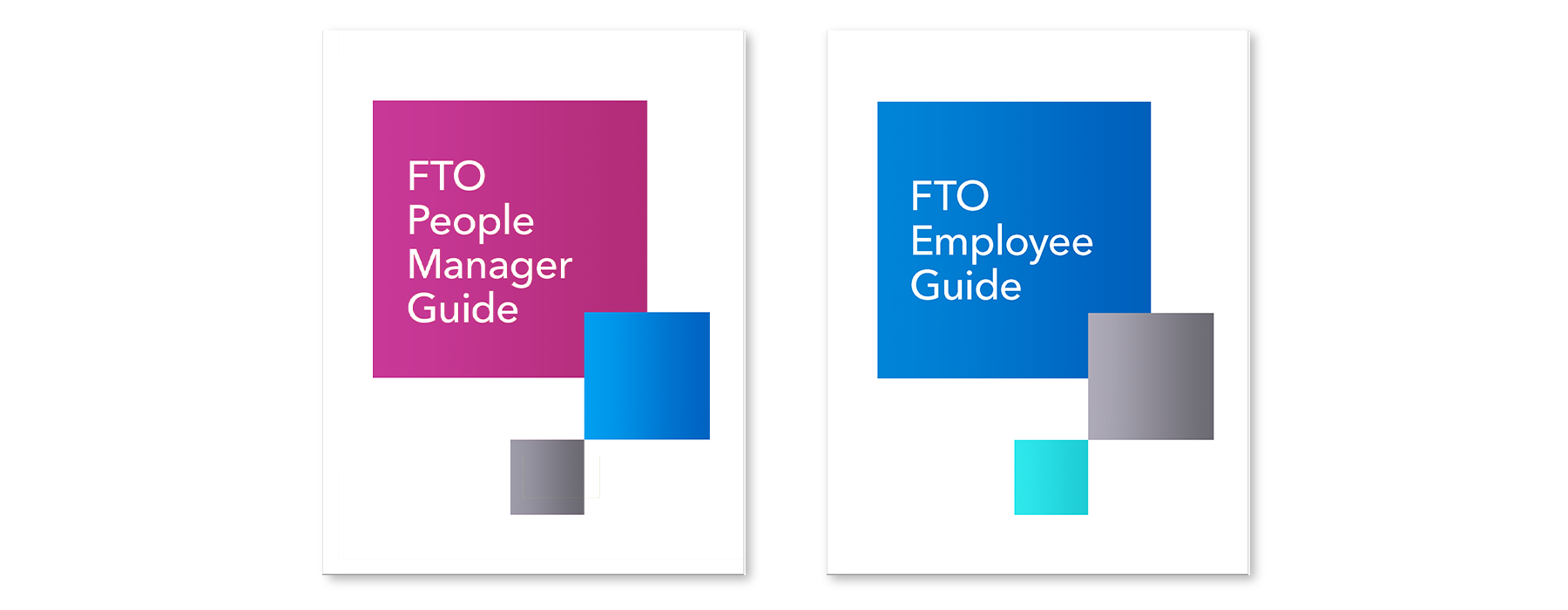
Introducing a Flexible Time-Off Program
Summary
It’s no secret that benefits play an important role in attracting and retaining talent. One of our clients—the largest asset manager in the world—learned this firsthand with the recent launch of a groundbreaking new global flexible time-off (FTO) policy. Although this firm is a financial services powerhouse, it recognizes that it competes for top talent with some of the best-known companies in the world, including those in industries outside of finance. Plus, feedback from a global benefits survey indicated that many employees, especially junior staff, were dissatisfied with the company’s time-off model, which was based on tenure. This feedback mirrored the company’s own benchmarking studies, which suggested that its time-off policy was below the market standard for junior-level roles.
The company was not only concerned about employee burnout and performance, but it also wanted its time-off policy to better reflect its guiding principles: trust, accountability to each other, fairness, sharing success, and bringing one’s best, engaged self to work.


A Worldwide Announcement
The company decided that a flexible time-off (FTO) policy—which allows employees to take time away from work whenever they need to, without having to accrue time off—could provide employees with more autonomy over their schedules, making them more engaged and productive. Still, the Benefits team was concerned about making such a drastic move, especially considering that FTO policies were unheard of in the financial services sector.
While many companies launch an FTO policy incrementally or only to certain groups (e.g., only exempt employees), this one wanted to roll out the policy to all employees, regardless of professional level, job type, or location. The goal: to implement the new benefit for as many countries as possible for January 1, with the balance of countries going live throughout the year.
They also wanted to announce the new policy to all worldwide employees at the same time. Anticipating a flurry of responses to the announcement, we helped the Benefits team prepare to field many concerns around:
- Managers being able to efficiently administer the policy
- Employees taking too little or too much time off
- Teams experiencing strain if some employees were out for extended periods
- Tenured employees feeling the loss of an earned privilege
- How the policy would work in conjunction with Leaves of Absence, specifically parental

Give ‘Em the “Why”
The company engaged Segal Benz to create the communications to support the introduction of the new FTO policy. The most critical component of the entire campaign was helping employees understand the reason behind the policy change. Clearly articulating the “why” was going to make or break employees’ buy-in of the new policy.
We prioritized:
- Making an emotional connection
- Being transparent
- Identifying and celebrating their progressiveness and uniqueness
- Making employees feel heard, understood, and supported
- Providing rules of thumb to make it easier for people to follow the policy
The messaging hierarchy included:
- Why the change was being made and what’s in it for employees
- How this change connects to the employer value proposition and guiding principles
- Policy details and scenarios to help employees see how the new policy would impact them in real life
In developing our strategy, we analyzed the company’s audiences, including employees’ potential reactions and areas of sensitivity. Additionally, we reviewed business press and incorporated insights about successful and unsuccessful rollouts of unlimited time-off policies.
And we were able to connect the Benefits team with other Segal Benz clients who already offered unlimited vacation. This helped them gather information that was key to internal buy-in and the eventual rollout of the program.
Getting the Message Out
After conducting extensive project strategy, persona development, and audience analysis for the FTO campaign, we created key messages and 3 employee-facing pieces: an employee guide, a manager guide, and a manager presentation. These pieces also informed a video that the company created in-house.
Accolades
The company was thrilled with the results. Their global head of human resources let us know that she received overwhelmingly positive feedback about the FTO launch. She heard from many senior leaders who told her that the policy launch was a huge accomplishment for the company and an “epic move.”
Various human resources business partners, who serve as liaisons between the employees and HR, relayed that they received a lot of positive feedback from employees. The business partners felt that the new policy would serve as a great tool to attract potential job candidates. Several managers expressed that they were hopeful that the change would encourage managers and employees to have more overarching, productive discussions about work-life flexibility.
See More Client Stories

Easy-to-follow information design helps employees understand leaves-of-absence policy—freeing up the Benefits team to tackle other issues.

The University of California’s new employee health plan exceeds enrollment goals with a smart brand, innovative design, and targeted campaigns.

When Hitachi Vantara uses behavioral science to promote HSA investing, the number of new investment accounts jumps by 30%.
